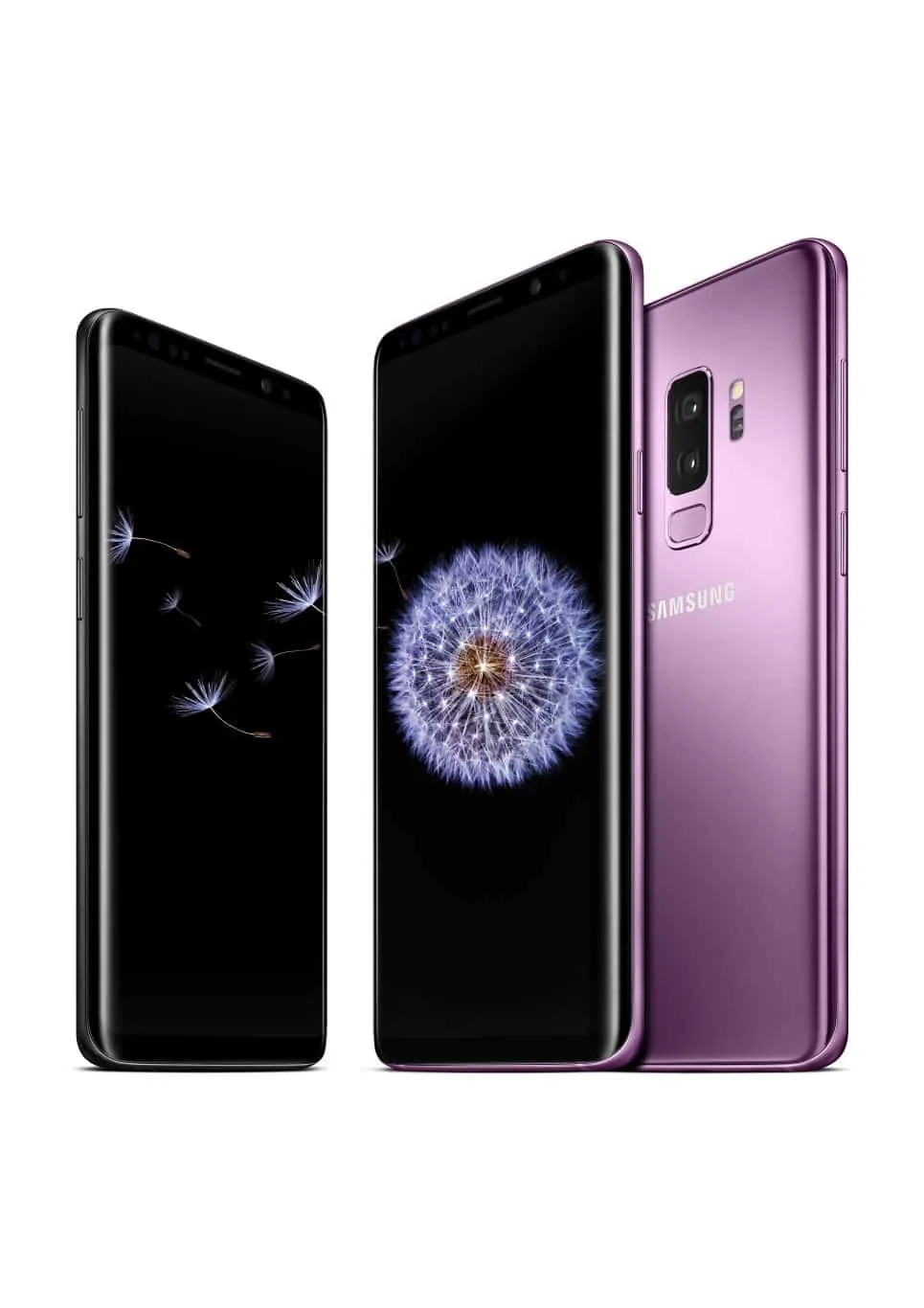Samsung announced the latest additions to its Android flagship portfolio, having unveiled them in the form of the Galaxy S9 and Galaxy S9 Plus earlier today. The two devices sport the same Infinity Display AMOLED panels as their predecessors and are similar in terms of their overall physical footprint, thus also featuring Li-Ion batteries similar to those found inside the Galaxy S8 and Galaxy S8 Plus. The Galaxy S9 is hence powered by a 3,000mAh cell, whereas the Galaxy S9 Plus features a 3,500mAh battery. While the capacities haven’t changed, the manner in which the new handsets use them has, with the overall package now promising to last even longer on a single charge.
Both the international models and the ones meant to be sold in the United States and China are powered by chips built on the second-generation FinFET process node from Samsung. In case of the former, that’s the Exynos 9810, whereas the latter phones will debut with the Snapdragon 845. While their benchmark scores are expected to slightly differ in terms of raw processing power and graphical capabilities which are likely to be in favor of the Exynos 9810 and the Snapdragon 845, respectively, what both chips have in common is an unprecedented level of energy efficiency. Depending on the use cases, the new devices will either have up to ten-percent better performance or be more efficient by a maximum of 15-percent. Given those capabilities, the Galaxy S9 and Galaxy S9 Plus should be able to last longer on a single charge than their predecessors did despite the fact that they’re taking advantage of batteries with identical capacities.
Support for wireless charging based on the WPC and PMI standards is still part of the package here, as is compatibility with Samsung’s Adaptive Fast Charging Solution. The battery tech Samsung used when designing the cells found inside its latest Android flagships also ensures they degrade at a much slower rate compared to most of their alternatives. The Galaxy S8 lineup could retain 95-percent of its capacity after a year of use and the newly announced smartphones are capable of doing the same. Regular smartphone batteries lose around 20-percent of their capacity after a year, i.e. approximately 400 charging cycles. As expected, the batteries found inside the Galaxy S9 and Galaxy S9 Plus aren’t user-removable so replacing them will require taking apart the smartphones in their entirety and there’s currently no word on how much spares will cost. Official replacement batteries for the Galaxy S8 are currently priced at around $15, whereas those for the Galaxy S8 Plus will set you back in the ballpark of $20. When they launched, their prices were about double the current ones.










